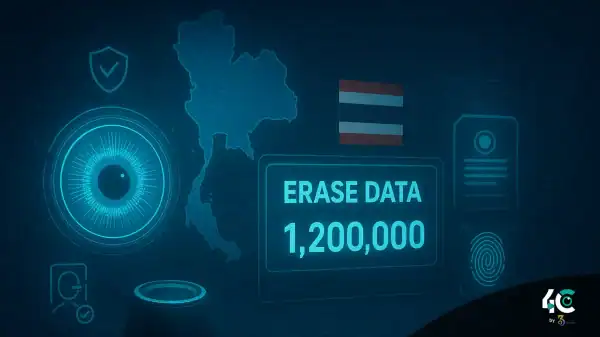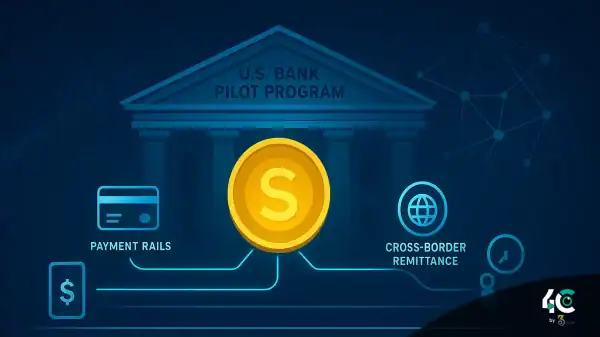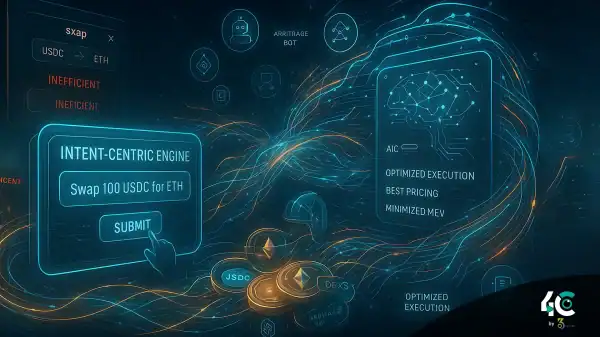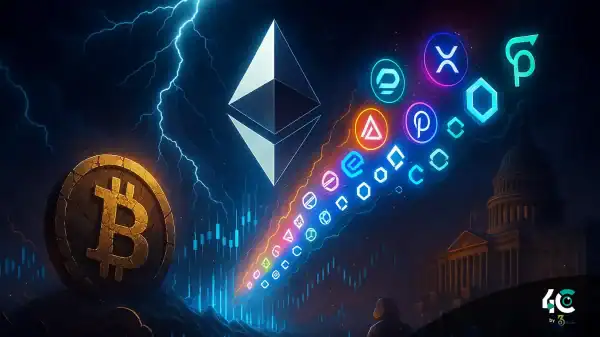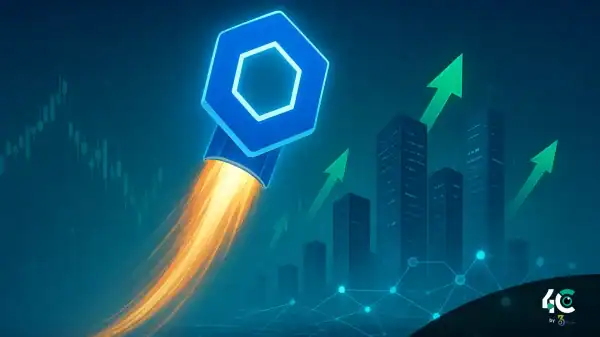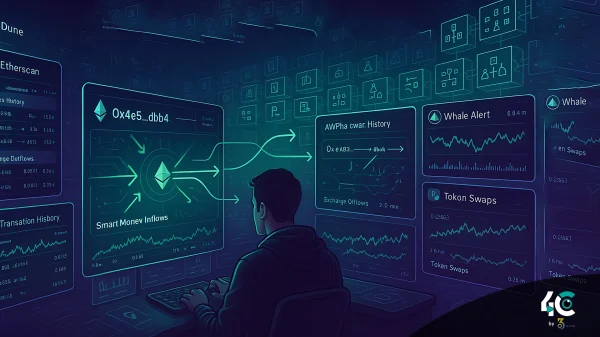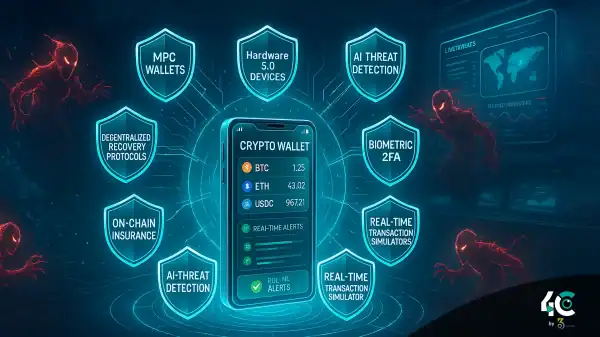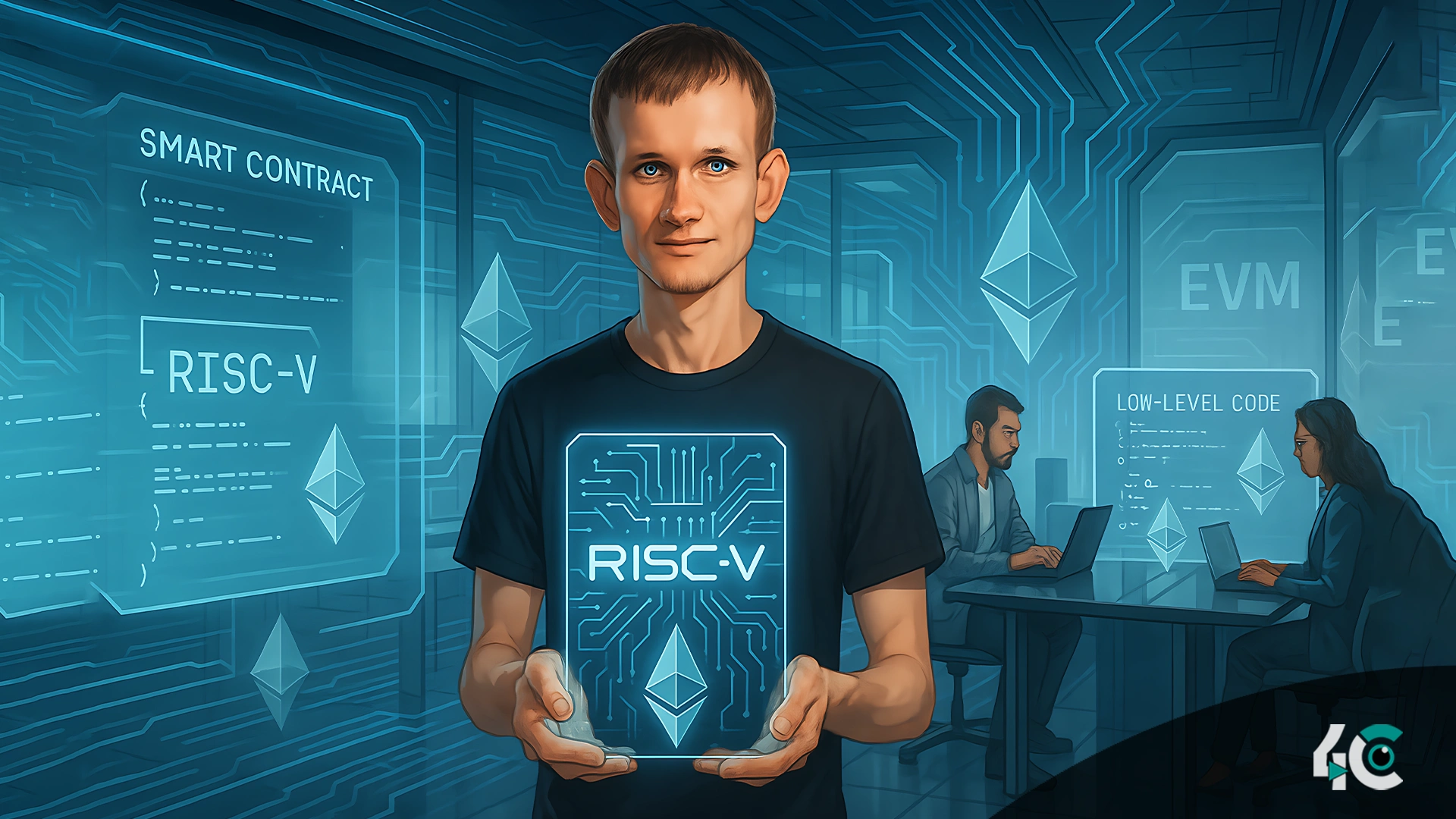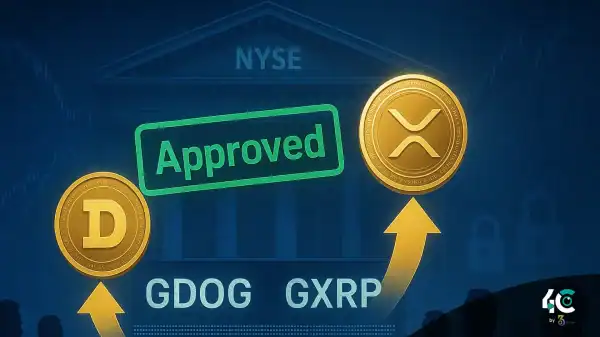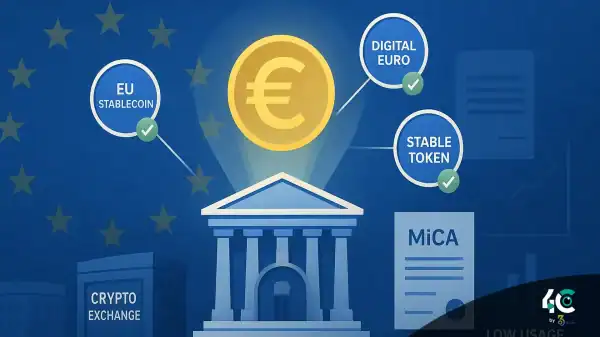Bitcoin’s price rebound has surprised the market, climbing back to $84,000 despite uncertainty and volatility. The sudden surge signals renewed investor confidence as the cryptocurrency market attempts to stabilize and regain upward momentum.
A Bold Proposal to Reshape Ethereum’s Core Architecture.
Ethereum co-founder Vitalik Buterin has proposed replacing the Ethereum Virtual Machine (EVM) with the RISC-V instruction set. The EVM is to undergo replacement that may solve execution layer problems like slower transaction speeds, lower revenues for the base layer, and smart contract processing issues.
Buterin believes that the architecture of Ethereum is becoming a bottleneck, especially in comparison to newer, higher-performing blockchains such as Solana and Sui. If RISC-V is adopted by Ethereum, it will improve the efficiency of execution between 10 and 100 times in certain functions. One such function could be zero-knowledge (ZK) proof generation.
Addressing Declining Base-Layer Revenue.
The idea arises from concerns related to the economy of Ethereum. In March 2025, average transaction costs on Ethereum’s primary network fell to just $0.16, the cheapest in years. In the meantime, blob fees from layer-2 transactions brought in only about $5,000 for the week, a negative sign.
Layer-2 solutions have lowered costs for users, but in turn also drained activity away from the base Ethereum, undermining its economic health in the long term. Experts caution that, should this behavior continue, the value of Ether may further fall to around $1,100.
Buterin is trying to resolve this issue with the base layer of Ethereum. Changing to RISC-V could also solve performance problems and bring activity back to the base layer, making it relevant enough to still get paid for.
How the Transition Would Work.
Buterin suggests that instead of putting them into EVM bytecode, RISC-V would compile smart contracts directly. Functions that read and write data on the network will be handled as syscalls instead of EVM opcodes.
Crucially, existing smart contract functionalities—namely, accounts and storage—would remain untouched by this change. Instead, it will optimize the execution of contracts for a significant performance boost, without any interruptions.
To provide continuity, Ethereum might keep support for existing contracts and allow new contracts to use RISC-V. Using an interpreter for older contracts or running two systems in parallel during the migration time can achieve this. In the long run, this could allow adaptation to yet other VMs, giving more room for innovation.
A Critical Moment for Ethereum’s Evolution.
Buterin’s ideas are a significant move to the future. Buterin’s proposal comes at a critical moment for the evolution of the Ethereum network, with the Pectra upgrade coming up. The aim is to improve Ethereum so that it can be faster, more efficient,t and suitable for next-gen apps.
Choosing RISC-V would update Ethereum and keep it competitive. The switch will correct current mistakes while also preparing them more for subsequent rivalries in the blockchain sector.
Challenges and Opportunities Ahead.
Despite having enormous potential, the proposal does raise some doubts related to its implementation complexity and widespread ecosystem adoption. The new architecture will require developers, validators, and users to adapt their tools, frameworks, and workflows, leading to significant updates.
Even so, the merits of switching over to RISC-V, like better performance, reduced costs, and enhanced scalability, make it worthwhile. If this move goes through, Ethereum can cement itself as the top player in the blockchain universe, able to support the decentralized apps of the future.
Conclusion.
Vitalik Buterin’s suggestion to replace Ethereum’s EVM with RISC-V paves the way for fixing present constraints in Ethereum and unleashing its full potential. This transition could make Ethereum a frontrunner for high-throughput blockchains. It is all thanks to improved performance, scalability, and economic sustainability.
RISC-V will usher in a new era of innovation and efficiency for the blockchain, ensuring Ethereum stays at the forefront of technology as it prepares for its next phase of growth. Currently, everyone is looking at the community and developers of Ethereum as they consider the proposal.



